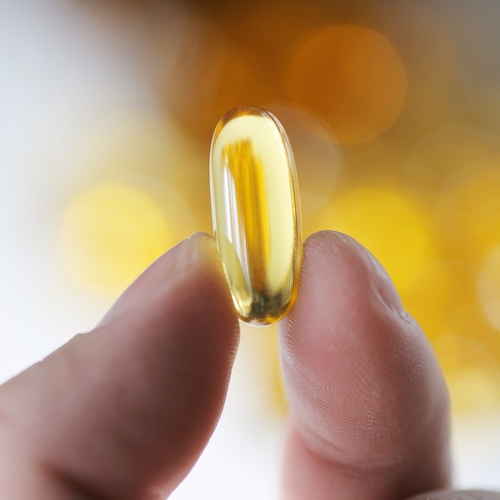How does food preparation affect vitamins and minerals?
The way food is prepared also affects its nutritional value. For example, fried chicken contains twice the calories of grilled chicken but the same amount of protein, vitamins and minerals. The way food is stored and cooked affects the vitamin and mineral content. Some vitamins are easily affected by exposure to light, heat and air.
Vitamins A, D, E and K, riboflavin and beta carotene are destroyed when exposed to light.
Vitamins C, A, B12, folic acid and thiamin are destroyed by heat.
Vitamins C, A, D, E, K, B12 and folic acid are destroyed by exposure to air.
Vitamins C, B6, thiamin, riboflavin, niacin, selenium, potassium and magnesium leach into cooking water.
Vitamins C, B12, folic acid, thiamin and riboflavin are destroyed when combined with acid or alkaline substances.
To make the most of the vitamins and minerals in food, there are several guidelines to follow.
Food storage:
Eat fruit and vegetables as fresh as possible.
Store refrigerated foods at less than 40oF, frozen foods below 0oF and canned and dry food in a cool, dry place.
Store canned and frozen food for no longer than the use by date.
Store grains, flour and dried beans and peas in dark containers or in the refrigerator.
Food preparation:
Cook food in a minimal amount of water for the shortest possible time. Vegetables should be just tender rather than soggy and overcooked. Frozen vegetables should be cooked without thawing and fresh vegetables should be chopped just before cooking or serving.
Use low to moderate heat when cooking meat, eggs and milk.
Use the leftover liquid for sauces, stews or juices.
What about enriched and fortified foods?
Adding vitamins and minerals to certain foods is common practice in developed countries. Enrichment involves putting back nutrients lost during processing, while a fortified food will have a nutrient added to levels not present in its natural state. For example, flour is usually enriched with thiamin, riboflavin and niacin, and milk is fortified with vitamin D. Since January 1998, commercial grain products in the USA have also been enriched with 140 mcg of folic acid per 100 g of grain product. It is estimated that this will deliver an average increase in intake of 100 mcg per day. Breakfast cereals may contain up to a daily dose of folic acid.
For many people, these foods are very important sources of vitamins and minerals and may be responsible for the low levels of deficiency diseases seen today. However, enriched foods often contain much lower levels of nutrients than those which are present in the unprocessed versions. For example, almost all the B vitamins are removed from the cereals and grains used in baking and only a few are put back synthetically during enriching. Eating a diet that includes, but is not limited to, enriched foods is one way to get essential nutrients.
When choosing foods, it is important to read the labels carefully as these contain information on the fat, sugar, salt and vitamin and mineral content of food. In general, the more processed a food is, the higher the salt, sugar and fat content and the lower the vitamin, mineral and fiber content.


